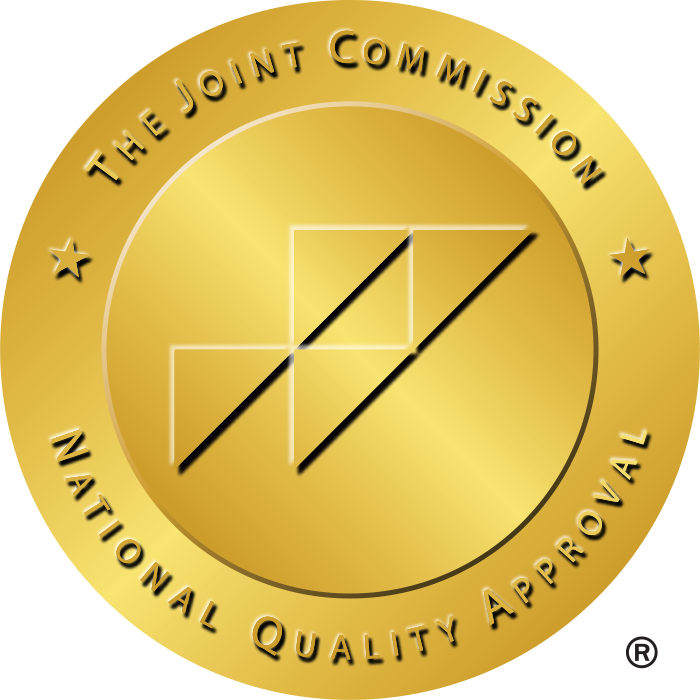For hiring managers in hospitals, clinics, and long-term care facilities, one challenge endures: attracting and retaining qualified staff. The stakes are high: understaffing can compromise staff with burnout, decrease the quality of care to patients, and create a financial burden.
In this context, traditional hiring strategies tend to fail, as businesses must fill vacancies quickly, but at the same time with the proper skills and certifications and cultural fit. Healthcare staffing solutions are exactly what you need here.
Relationship with specialized staffing agencies can turn the recruitment process from a reactive scramble into a strategic, efficient process for healthcare organizations. In this article, we’ll discuss how these partnerships operate, as well as their benefits, and provide pragmatic steps you can take to create a resilient workforce.
The Growing Complexity of Healthcare Hiring
The complexity of healthcare hiring has never been greater. The need for skilled professionals — from nurses and physicians to allied health workers — remains higher than sustained levels of supply. Industry reports show, by 2034, the U.S. could be short as many as 124,000 physicians and more than 1 million nurses.
Also compounding this issue is the increase in temporary staffing needs, whether it be seasonal flu surges or demands from a pandemic that require facilities to quickly scale teams up or down based on changing patient volumes.
The traditional recruitment model, involving job boards, internal HR teams, and multi-stage interviews, often cannot keep pace. Advertising a position, reviewing resumes, checking references, and negotiating contracts can take weeks or longer.
For time-sensitive positions, this is not merely an inconvenience; it is a recipe for compromised patient care and diminished operational continuity.
Why Healthcare Staffing Agencies Are a Game-Changer
Staffing agencies that specialize in healthcare act as strategic partners, offering tailored solutions to meet the unique needs of medical facilities. Here’s how they add value:
Access to a Pre-Vetted Talent Pool
Staffing agencies have networks of highly qualified candidates, many of whom are currently searching for opportunities or are passively open to new roles.
These candidates are often pre-vetted against the licenses, certifications, and experience that you are looking for, saving your team time as they conduct initial screenings.
So if your facility needs an ICU nurse to manage patients on a particular kind of ventilator, a specialized agency can identify the right candidate with the qualifications you’re looking for.
Faster Time-to-Hire
Time is of the essence, and staffing agencies work by shortening the hiring process. They take care of time-consuming chores such as sourcing candidates, conducting initial interviews, and checking credentials. This enables your internal team to focus on final interviews and onboarding, ensuring vital roles are filled in days, not weeks.
Flexibility for Fluctuating Needs
Healthcare is unpredictable. Seasonal spikes in demand—and requesting coverage from maternity leave—are examples where you can use an employment agency to provide temporary, temp-to-hire, or per-diem workers. This flexibility can help preserve service levels without placing excessive strains on permanent staff
Reduced Administrative Burden
Recruitment is paperwork, paperwork: contracts, compliance checks, payroll administration, the works. Much of this administrative burden is borne by staffing companies, which ensure that candidates meet state and federal regulations (e.g., HIPAA compliance, licensure) and manage payroll for temporary workers.
Mitigated Risk
Turnover, particularly when a new hire doesn’t work out, is expensive. They made guarantees, for example, replacing a candidate with no charge if the hire resigned within a certain timeframe. They also take on the liability for temporary workers, which helps minimize your organization’s legal and financial risks.
Strategies for Maximizing Your Partnership with a Staffing Agency
Partnering with an agency is just the first step. To fully streamline your hiring process, consider these strategies:
Choose a Specialized Partner
This is one of the many reasons all staffing agencies are not made equal. Be sure to select a firm that focuses on your specific area of healthcare.
For example, if your practice is a clinic in rural America, a specialized agency will understand the unique hurdles you have to clear, such as finding candidates willing to relocate to your part of the country.
Agencies that specialize in travel nursing, for instance, know about housing stipends and short-term contracts, so they can be an invaluable resource for your staffing concerns.
Pro Tip: Remember to ask your potential partners what their candidate retention rates are, as well as how they keep abreast of trending industry topics. A good agency has its finger on the pulse of emerging roles, like telehealth specialists or AI integration specialists.
Leverage Technology Together
The best staffing agencies utilize sophisticated tools such as AI-driven matching algorithms and Applicant Tracking Systems (ATS) to find ideal candidates. Work closely with your agency to connect these tools to your existing HR systems.
Cloud-based shared access, for example, can give real-time visibility into the progress of any candidate, which helps to mitigate misunderstandings.
Build a Talent Pipeline
Staffing agency isn’t just an epic need. Collaborate with them to build a pipeline of passive candidates — those who aren’t actively looking but who might be tempted by an enticing opportunity. This requires you to think ahead and be ready for future openings or growth.
Prioritize Communication
We would be the ideal partners for each other if we knew exactly what we needed from each other. Provide Your Agency with Thorough Product Information — Take the time to provide detailed job descriptions, team dynamics, and your organizational values to your agency.
The better they understand your culture, the better they can recognize candidates who will succeed in your culture. Regularly meet to review performance metrics, like time-to-fill and candidate satisfaction.
Strengthen Your Employer Brand
Even with the assistance of an agency, your facility’s reputation plays a role. Candidates tend to gravitate toward ventures with established reputations for positive cultures, professional growth opportunities, and competitive benefits. Emphasize these on job postings and encourage existing employees to take part in referral programs.
Long-Term Tips for Maintaining a Streamlined Process
Efficiency is not a destination, it is a journey. Here’s how to keep up that momentum:
Feedback Loops
Incorporate feedback from the hiring manager and the new hire after each placement. What worked well? Where were the bottlenecks? Afterwards, use this data to improve your process.
Upskilling Partnerships
Partner with agencies that offer training programs for candidates. For example, some agencies provide certifications in EHR systems or infection control, ensuring workers are ready to hit the ground running.
Data-Driven Decisions
Measure cat out revenue lichepent on hiring, retention rates, and time to productivity. Determine where to improve by analyzing trends.
Focus on Retention
Agencies can assist with filling roles, and retention is a mutual obligation. Mentorship Programs, Flexible Scheduling, and Recognition Initiatives all Foster a Supportive Workplace
The Future of Healthcare Hiring: A Strategic Shift for Better Outcomes
Staffing The evolution of healthcare will continue to evolve staffing solutions. Telehealth, AI-generated diagnostics, and value-based care are influencing healthcare functions that require specific skills. Staffing agencies are now providing specialized services, like recruiting for digital health start-ups or training staff members on robotic surgery systems. A forward-thinking agency will keep your organization abreast of these changes.
A streamlined hiring process isn’t just faster; it creates a stronger, more agile workforce that can keep pace with healthcare’s shifting priorities. By partnering with a healthcare staffing agency, recruitment becomes less of a transactional function and more of a strategic advantage for your organization, helping ensure your team’s ultimate focus stays on what truly matters: patient care.
So if your facility is struggling with long vacancies, escalating costs, or administrative overload, it’s time to consider staffing solutions. The right partnership won’t just work to fix immediate issues; it will set your organization up for long-term success in an industry where talent is the ultimate competitive advantage.
Ready to Get Started?
Begin by researching agencies with proven expertise in your niche. Schedule consultations to discuss your goals, and don’t hesitate to ask for case studies or client references. With the right collaborator, you’ll turn hiring hurdles into opportunities for growth—one seamless placement at a time.







